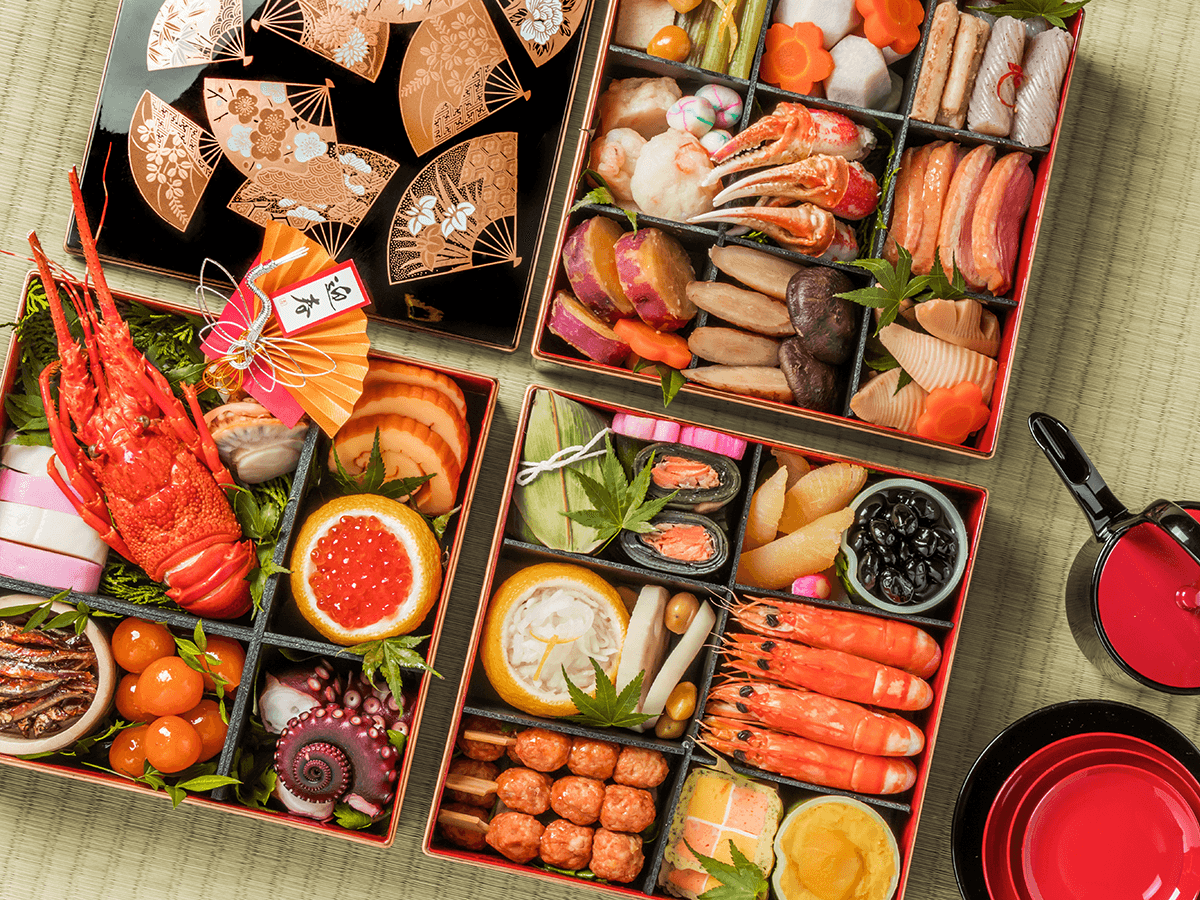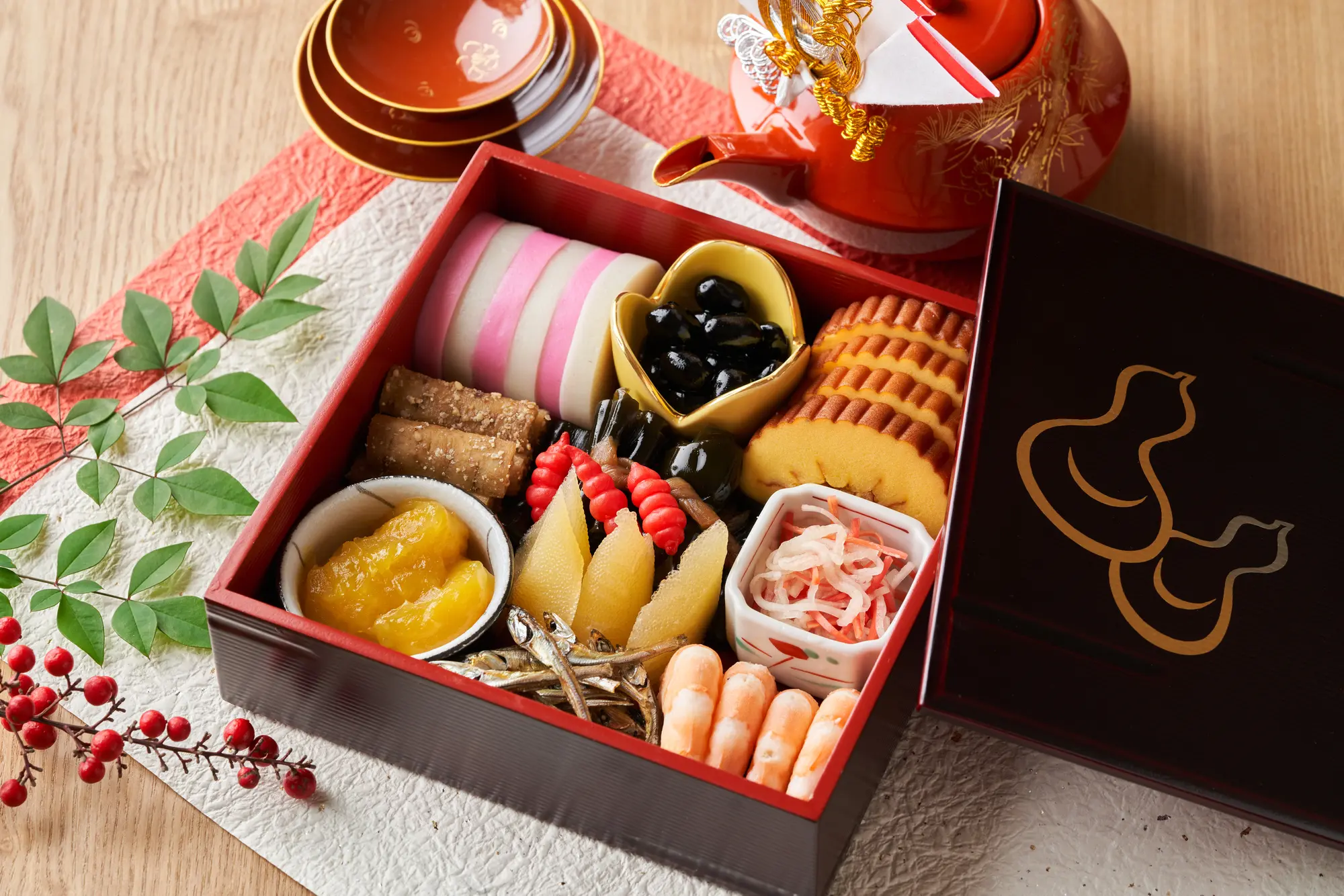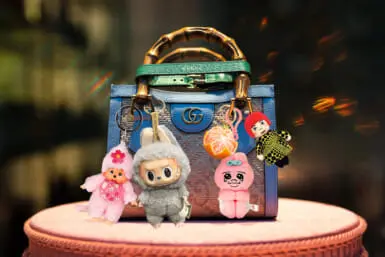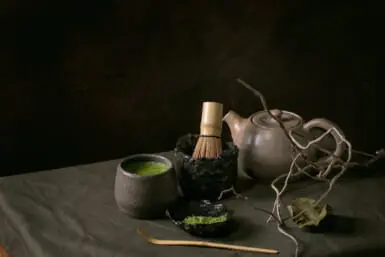Once a labor-intensive tradition steeped in symbolic meaning, osechi ryori — the quintessential Japanese New Year’s feast — has transformed into a reflection of modern lifestyles. From convenience store bento boxes to luxurious French-Japanese fusion spreads, the osechi of today caters to shrinking households, busy schedules and global tastes.

A Feast of Symbolism and Time
For centuries, osechi ryori has served as Japan’s culinary time capsule, preserving a set of symbolic dishes meant to bless the coming year. Each lacquered jubako box traditionally includes delights like kuromame (black soybeans for health), kazunoko (herring roe for fertility), and datemaki (sweet rolled omelet for learning). Osechi not only nourished the body but also embodied familial bonds and aspirations for prosperity. The arduous preparation, often requiring days of work, was also practical: Preserved foods could sustain families while cooks took a break during the New Year’s holiday.
But Japan’s changing social fabric has pulled osechi into a new era. Convenience, urbanization and shifting generational values are now shaping how osechi is made, consumed — and even perceived.
The Konbini Revolution
Step into any Japanese konbini on December 31, and you’ll find osechi neatly packaged in sleek, disposable boxes. Convenience store chains like 7-Eleven, FamilyMart and Lawson now dominate the osechi market, offering affordable, compact portions designed for individuals and smaller households. 7-Eleven moved up its reservation start date by 16 days this year, reflecting fierce competition in the rapidly commercializing osechi market. The chain’s lineup for 2025 includes six options, ranging from single-tier osechi priced at ¥6,804 to a premium three-tier osechi using exclusively domestic ingredients for ¥38,880.
This shift highlights the changing nature of Japanese households. As single-person homes and nuclear families become the norm, the traditional multitiered osechi box — once prepared for large family gatherings — is now out of sync with modern life. Compact, preprepared osechi eliminates the labor of cooking, reduces food waste and allows even the busiest urban dwellers to mark the New Year.
Buying osechi from a konbini is no longer seen as a shortcut but as a practical solution. These ready-made options reflect not just convenience but also the adaptability of tradition. For many, konbini osechi preserves the essence of the celebration, making it accessible to all.
From Tradition to Luxury
While some opt for convenience, others indulge in osechi as a symbol of opulence. Department stores and high-end restaurants have rebranded osechi into premium culinary experiences, often blending international influences. French-Japanese fusion osechi, for example, features foie gras terrine alongside classic nimono (simmered vegetables), while Michelin-starred chefs curate bespoke boxes for the elite.
These premium osechi offerings reflect not just affluence but a growing appreciation for global influences in Japanese cuisine. For younger generations, who often seek variety and creativity in their food, fusion osechi provides a way to celebrate the New Year with a blend of tradition and contemporary tastes.
Generational Shifts and Sentiments
At its core, osechi ryori has always been about connection — between food, family and the future. For many in younger generations, osechi ryori feels more nostalgic than essential. The labor-intensive preparation can be overwhelming, especially for those who grew up in homes where osechi was store-bought. Instead, modern households often adapt osechi to suit their preferences, choosing only a handful of traditional dishes or replacing them with favorites like roast beef or pasta.
This shift is not necessarily a rejection of osechi but an evolution of its role. Where osechi once symbolized extended family gatherings and carefully preserved cultural memory, it now reflects more individualized celebrations and a willingness to reinterpret tradition.
Evolution, Not Extinction
Is the commercialization and customization of osechi a loss of tradition? Or is it a natural evolution? Japan’s osechi market tells a more complex story. The popularity of ready-made osechi doesn’t necessarily spell cultural decline — it signals adaptability. Much like omotenashi (Japanese hospitality), osechi remains rooted in care and celebration, even as its form changes.
As Japan continues to grapple with demographic and societal change, osechi’s transformation mirrors the country’s resilience and pragmatism. It’s a feast that continues to evolve while honoring its past — a symbol, much like its dishes, of renewal.
From compact konbini boxes to luxe dining spreads, osechi ryori today is not disappearing but diversifying. Tradition doesn’t have to freeze in time; sometimes, it thrives through change.









